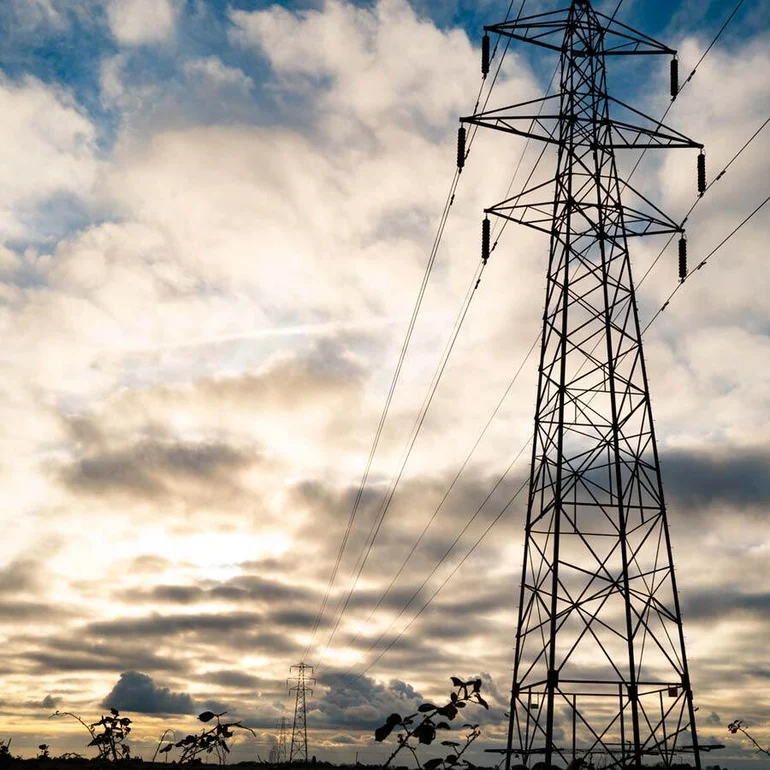The Challenge
Distribution network operators (DNO) are required to keep customer lights on safely at the lowest possible cost. However, occasional power cuts remain inevitable and DNO are committed to minimising their impact.
Any supply interruptions are tracked and measured using the customer interruptions (CI) and customer minutes lost (CML) metrics. Most CI and CML on the high voltage (HV) network. The DNO implement a variety of measures to reduce these, most of which tackle faults that have already occurred. While operational teams are on standby to carry out repairs, this can be complex and time consuming depending on the location of the fault.
The DNO recognise that improvements could be made to network performance and costs by monitoring key network characteristics in real time and implementing proactive intervention strategies. This required having a better understanding of:
1. Identifiable network characteristics before different faults occur
2. Operational processes to successfully pre-empt an emerging fault
3. Identifiable network characteristics before different types of faults occur
4. Methods for identifying the location of an emerging fault
5. Operational processes and steps to be followed to successfully pre-empt an emerging fault.
The Solution
In order to address this challenge, this project trialled distribution fault anticipation (DFA) technology to help identify network faults, including in situations before customer power supplies were adversely interrupted.
DFA devices, which consist of an integrated smart disturbance recorder and data repository, deployed in tandem with a network analysis tool (ASPEN Distriview) for site location purposes, were installed in substations.
The DFA system works by monitoring voltage and current on electricity circuits to detect the smallest of network disturbances, which are often below the threshold of traditional network protection systems. The device then assesses both ‘normal’ and ‘abnormal’ waveforms via a sophisticated internal algorithm library, presenting the outcomes to DNO in near real time for consideration to enable best course of action.
Trevor Lord, Managing Director LORD Power Equipment & LORD Consulting
“One major factor underpinning the outstanding success of this NIA funded project was the degree of willing engagement from senior level innovation engineers of each the two participating networks, all parties working closely with the EIC to ensure an optimal outcome from the project. The data gathered as a result of this project has provided comprehensive evidence of DFA capabilities and enabled the DNOs to model how this technology could make a positive economic contribution to improved network performance if deployed into BAU”

